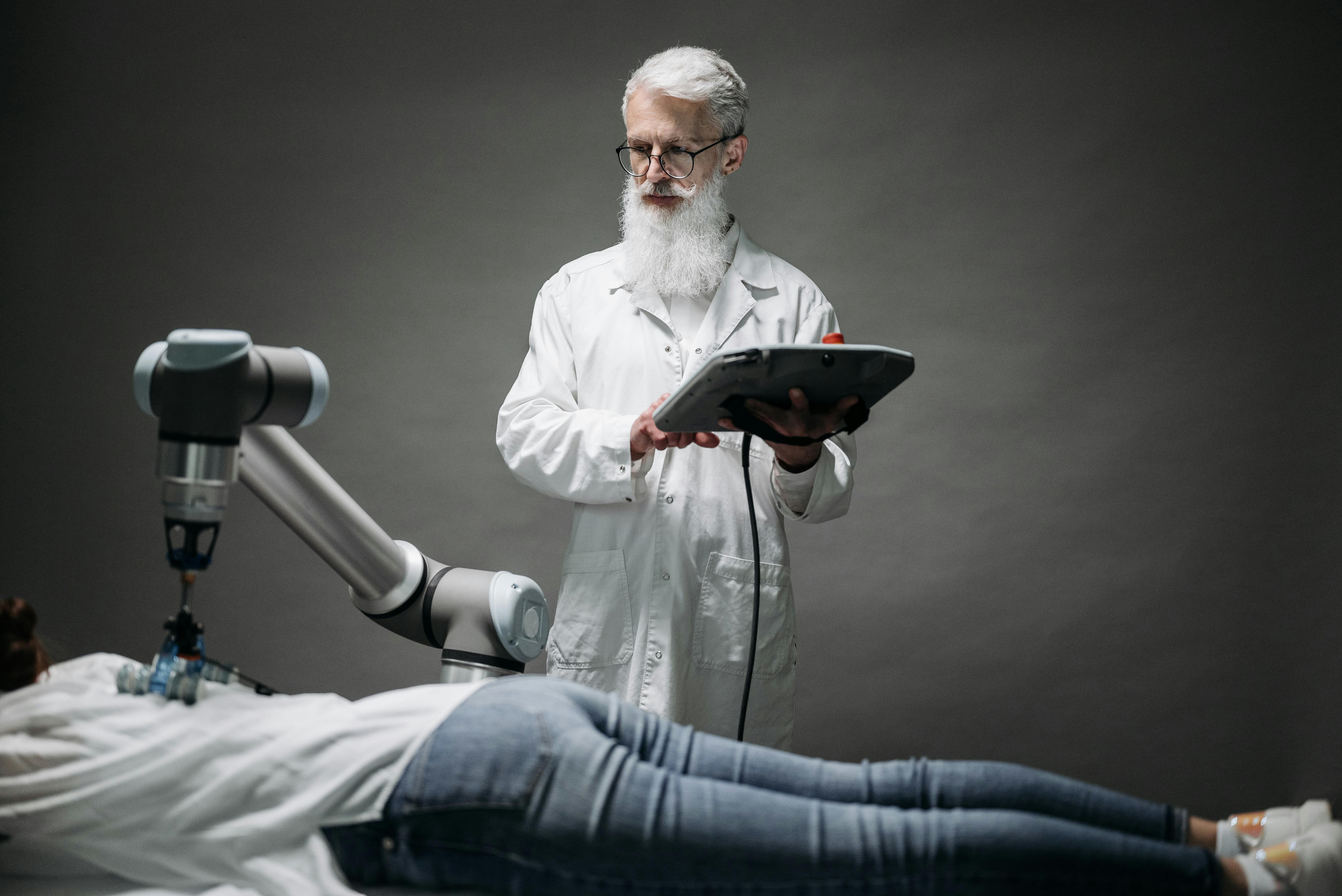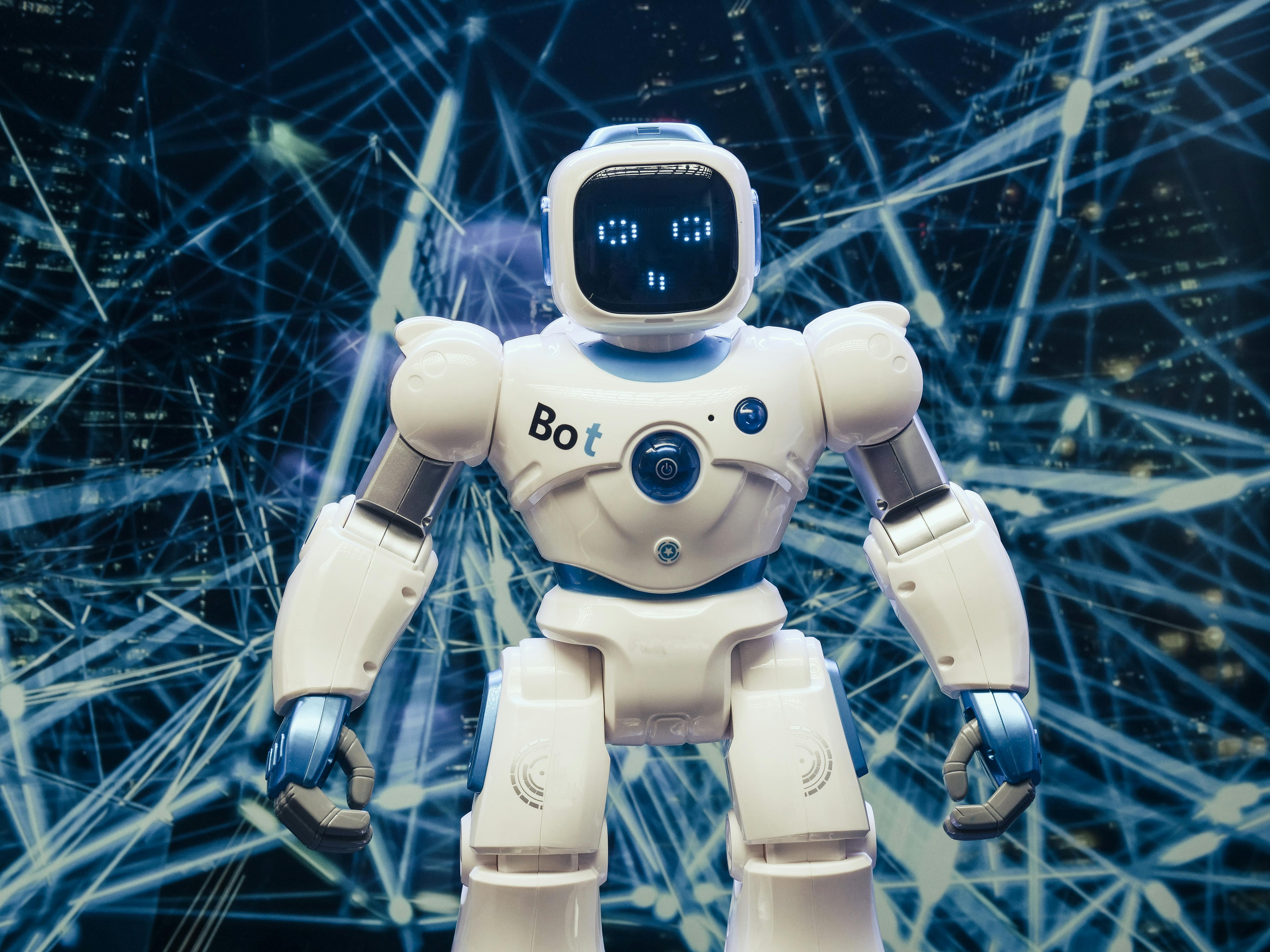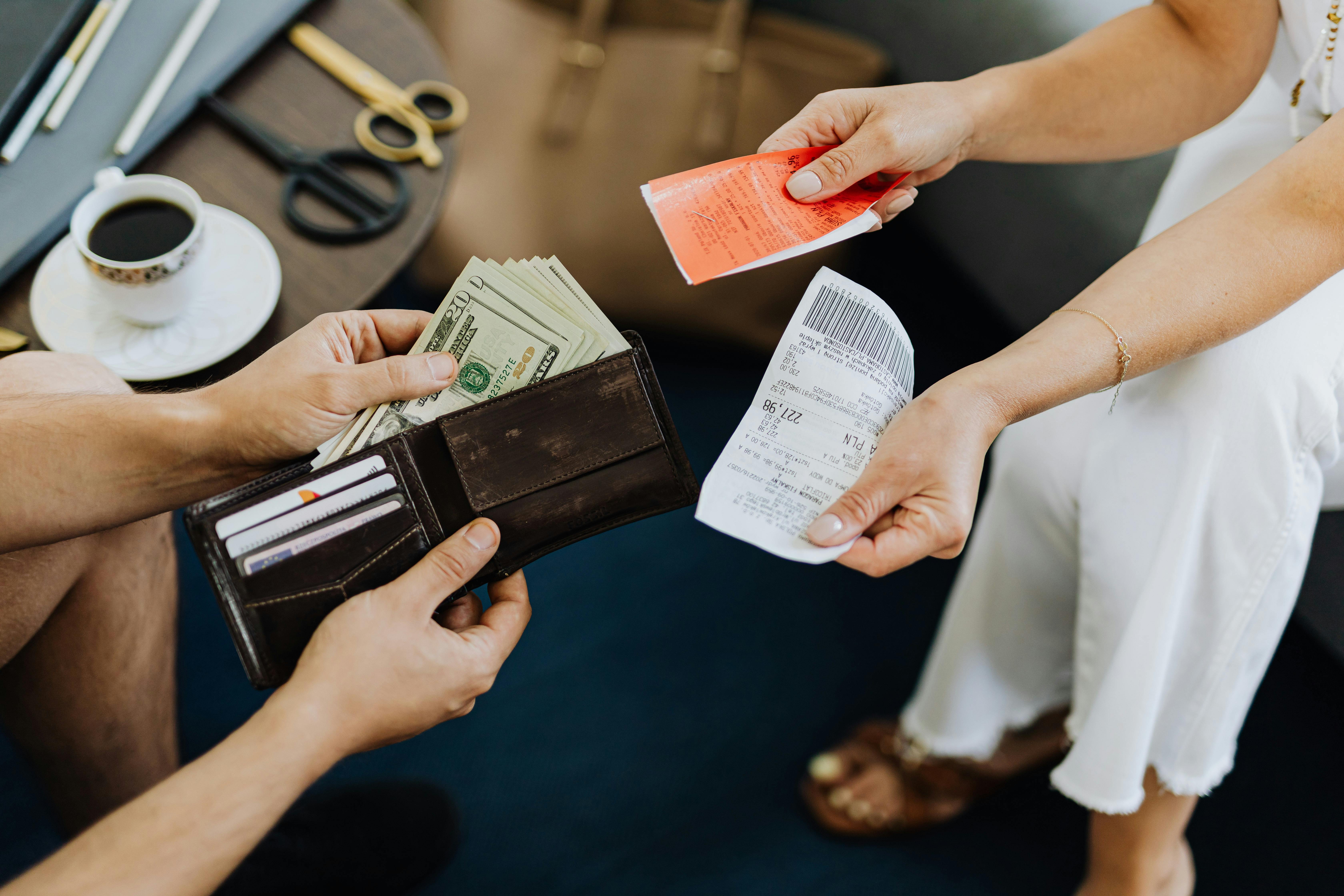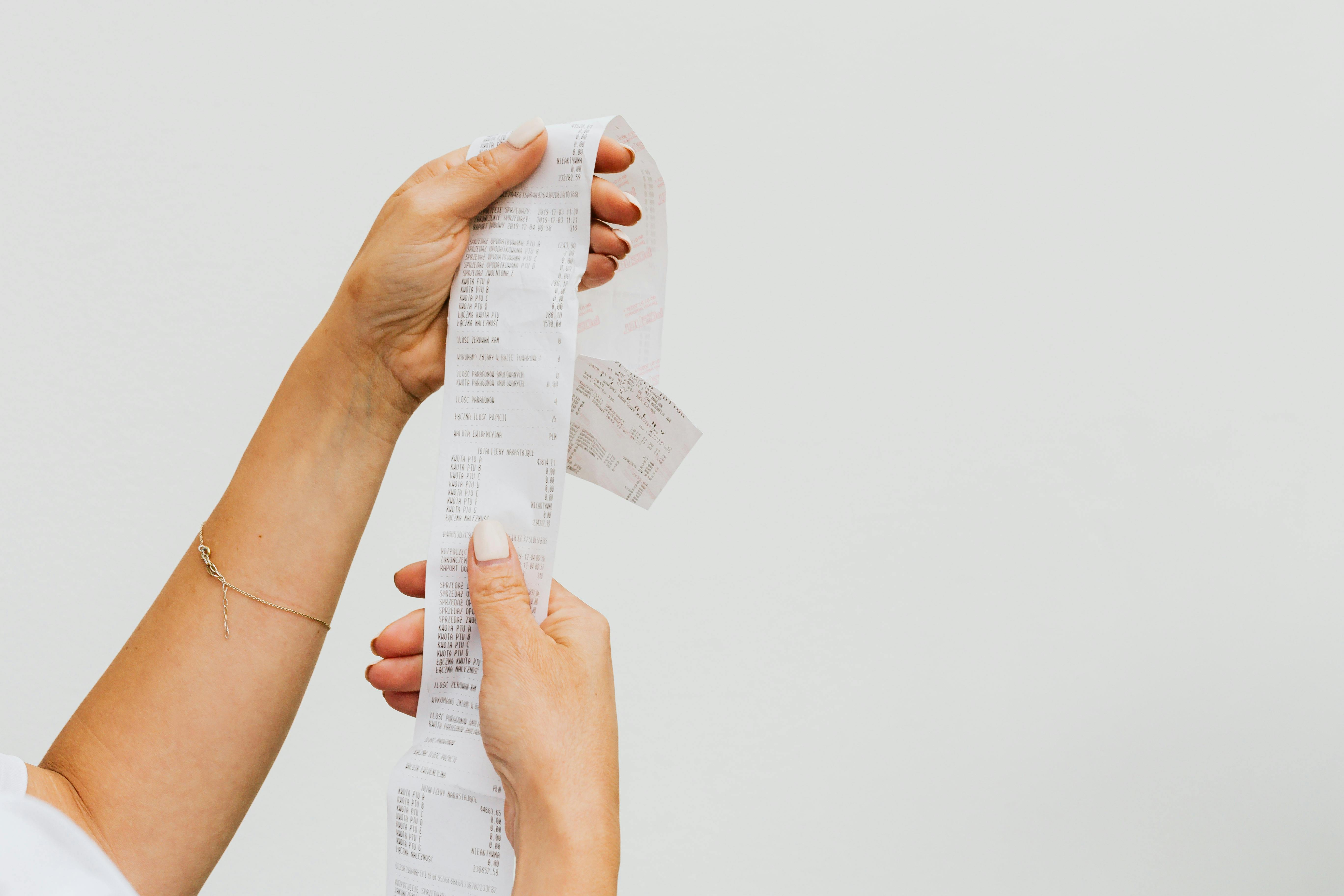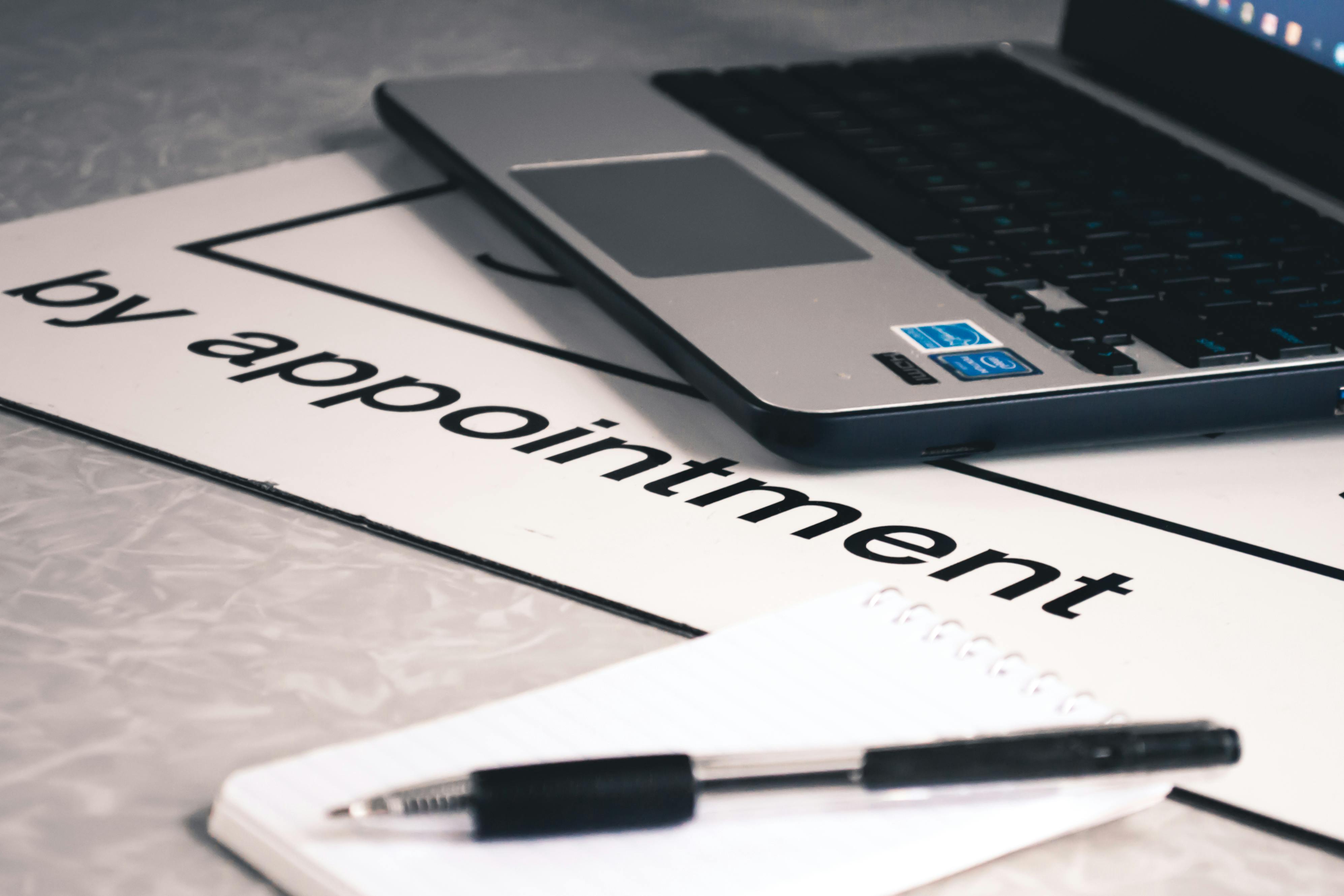Integrating Native Hawaiian Healing Practices: A Cultural Shift in Community Healthcare

Introduction: Healing Through Heritage
For generations, Native Hawaiians have turned to traditional practices—lā‘au lapa‘au (herbal medicine), lomilomi (therapeutic massage), and ho‘oponopono (conflict resolution and spiritual cleansing)—as vital components of health and well-being. But in the era of modern medicine, these indigenous healing systems were long marginalized or overlooked in clinical settings.
Today, that’s changing.
Across Hawaii, Federally Qualified Health Centers (FQHCs) are leading a quiet revolution by integrating Native Hawaiian healing modalities into their core care models. This cultural approach is not just symbolic—it’s producing real improvements in patient engagement, chronic disease outcomes, and trust in healthcare systems among Native Hawaiian communities.
Waimānalo Health Center on Oʻahu stands at the forefront of this shift. Its cultural health program blends traditional and Western care under one roof, supported by Māla (healing gardens), kumu (healers), and reimbursable services through Medicaid managed care plans like AlohaCare.
By honoring indigenous knowledge and giving it a central role in community health, Hawaii is redefining what culturally competent care means—showing that when people feel seen, respected, and connected to their cultural roots, their health outcomes improve.
Section 1: AI-Powered Tools Supporting Cultural Care Models
Integrating traditional practices doesn’t mean turning away from technology—in fact, AI-powered tools are playing a critical role in making culturally integrated care more effective, measurable, and scalable.
At FQHCs like Waimānalo and Waianae Coast, Natural Language Processing (NLP) is being used to analyze patient intake forms and provider notes for culturally relevant context. For example, when patients describe symptoms in Hawaiian language or use cultural metaphors to talk about mental health, AI language models trained on local dialects can help providers better understand and respond with cultural sensitivity.
Another area where AI is aiding traditional healing is in clinical decision support. Some FQHCs are experimenting with AI-based systems that integrate herbal remedy databases with patient medication records to flag potential interactions between lā‘au lapa‘au treatments and prescribed pharmaceuticals. This ensures patient safety while enabling personalized care.
With these tools, clinicians—both Western-trained and traditional—can collaborate more effectively, avoiding conflicts between healing systems while centering the patient’s lived experience.
Section 2: Training and Scaling Traditional Practices Through Digital Platforms
One of the biggest challenges in integrating Native Hawaiian healing practices is limited access to trained practitioners (kumu) and the need for consistent training standards across islands.
To solve this, Hawaii’s FQHC network is leveraging digital tools and AI to scale cultural competency education. For example, several centers now use AI-curated video modules to train new staff on the philosophy, techniques, and spiritual significance of Native practices. These modules are guided by senior kumu and updated regularly using AI-driven feedback from learners.
In addition, telehealth platforms are being adapted to support remote consultations with kumu across islands. A patient on Kauaʻi can now meet virtually with a cultural practitioner based on Oʻahu, receive guidance on lā‘au use, and follow up with their primary care physician—all within a coordinated, secure platform.
These innovations make it possible to deliver traditional care equitably, regardless of where patients or kumu are located. The result? More patients receiving culturally rooted services, even in communities where in-person programs are still developing.
Section 3: Real-World Examples from Hawaii’s FQHC Network
Several FQHCs across Hawaii are embracing this cultural-technical integration—and seeing measurable benefits:
- Waimānalo Health Center has created a Māla Lā‘au Lapa‘au (healing herb garden) that supplies fresh plants used in consultations. Patients often help tend the garden, reconnecting with ancestral knowledge while receiving hands-on wellness education. This participatory model has led to a 20% increase in patient retention for chronic disease management programs.
- Hui Mālama Ola Nā ‘Ōiwi on the Big Island offers ho‘oponopono sessions as part of its behavioral health services, often in tandem with telepsychiatry. Staff report that patients who start with cultural services are more likely to follow through with clinical mental health treatment—a critical step in reducing Native Hawaiian suicide and depression rates, which are among the highest in the state.
- Waianae Coast Comprehensive Health Center has integrated lomilomi therapy into its pain management program, offering it alongside physical therapy and acupuncture. The center tracks outcomes through patient-reported pain scores and found a 30% reduction in opioid prescriptions among patients who consistently received lomilomi.
- AlohaCare, a major Medicaid plan in Hawaii, now reimburses certain Native Hawaiian healing services delivered at FQHCs. This policy shift legitimizes traditional practices within the formal healthcare economy and ensures sustainability. Other managed care organizations are following suit.
These examples show that culture and data can co-exist—and that Hawaii is building systems where indigenous wisdom is treated with the same respect as clinical science.
Conclusion: A Model for Culturally Competent, Whole-Person Care
What Hawaii’s FQHCs are pioneering isn’t just a healthcare model—it’s a philosophy. One that recognizes health is not just physical, but cultural, emotional, and spiritual. By integrating Native Hawaiian healing practices alongside Western medicine, these centers are creating truly holistic systems that respect the identities of the people they serve.
The use of AI to support these practices—through language recognition, digital training, clinical safeguards, and remote access—demonstrates that technology doesn’t have to erase tradition. It can amplify it, protect it, and ensure its future.
Importantly, these efforts are not symbolic. They are delivering better engagement, higher follow-up rates, lower pharmaceutical dependency, and improved trust between patients and providers. In a state where health disparities persist—especially among Native Hawaiians—this approach offers real hope.
As health systems across the U.S. grapple with racial inequity and cultural disconnect, Hawaii offers a model to learn from. It teaches us that honoring community values isn’t just good ethics—it’s good medicine.
Call to Action
If you're a healthcare leader, policy advocate, or innovator, now is the time to invest in culturally integrated care. Reach out to Hawaii's FQHCs, learn from their hybrid models, and explore how AI and tradition can work together in your own community.
Respecting culture isn’t a barrier to innovation—it’s the foundation for sustainable, person-centered care.
Let’s reimagine healthcare systems that heal the whole person—and do it with roots deep in the communities they serve.
No Spam —
Just Good Stuff.
Join our newsletter for actionable advice, insider knowledge, and strategies that drive real results.
No fluff, just value.
%20(1).png)

.png)


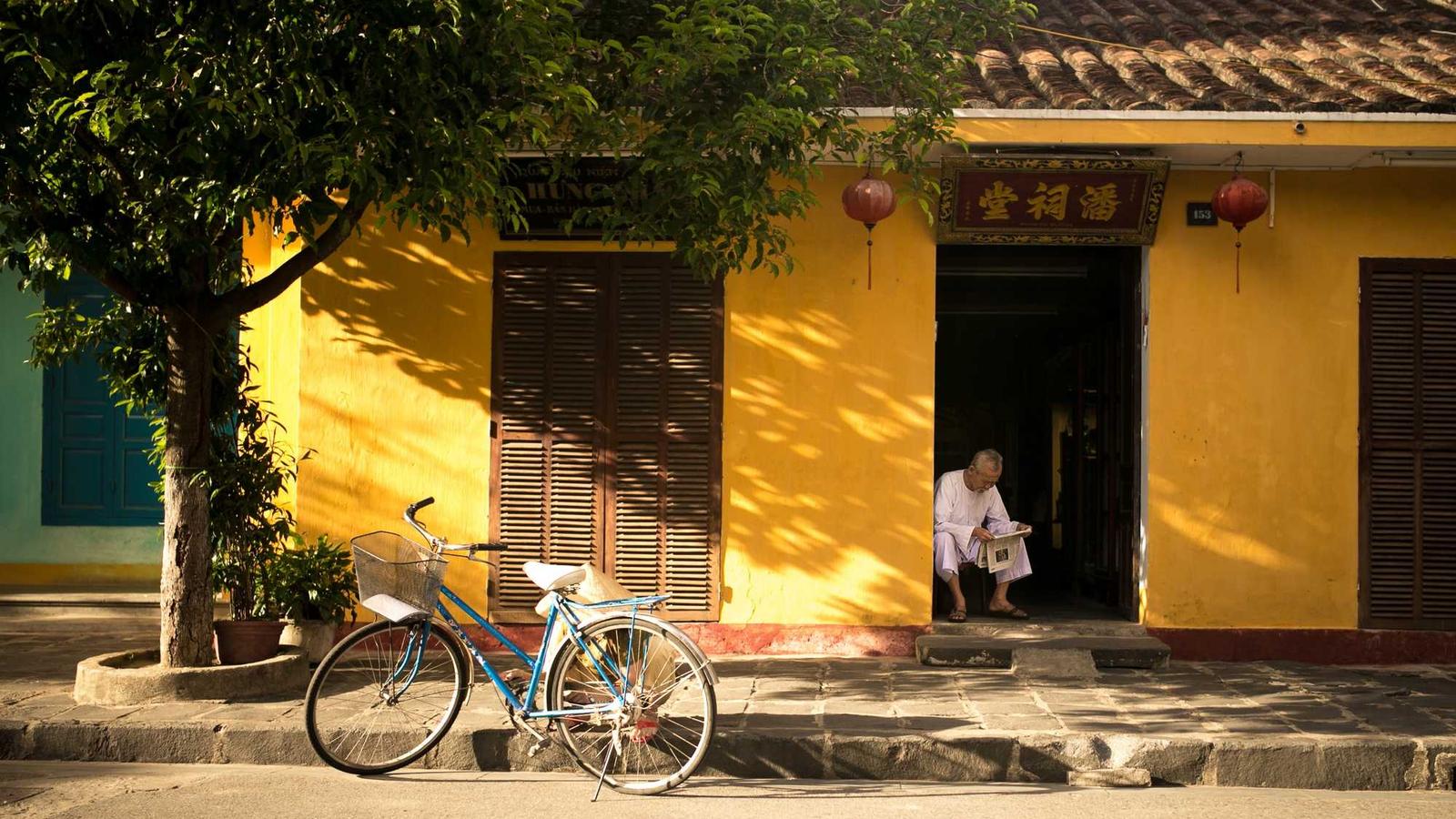
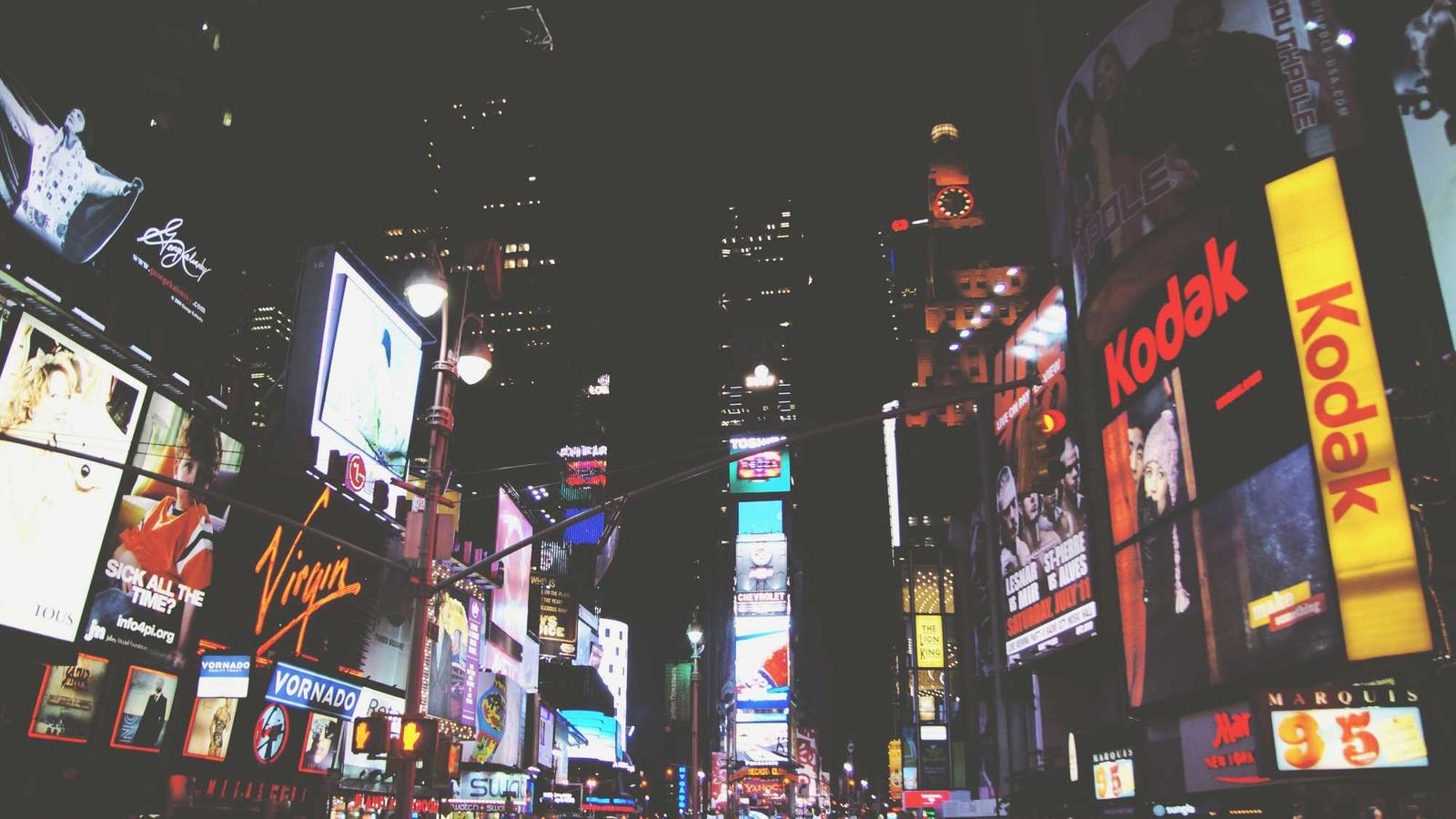









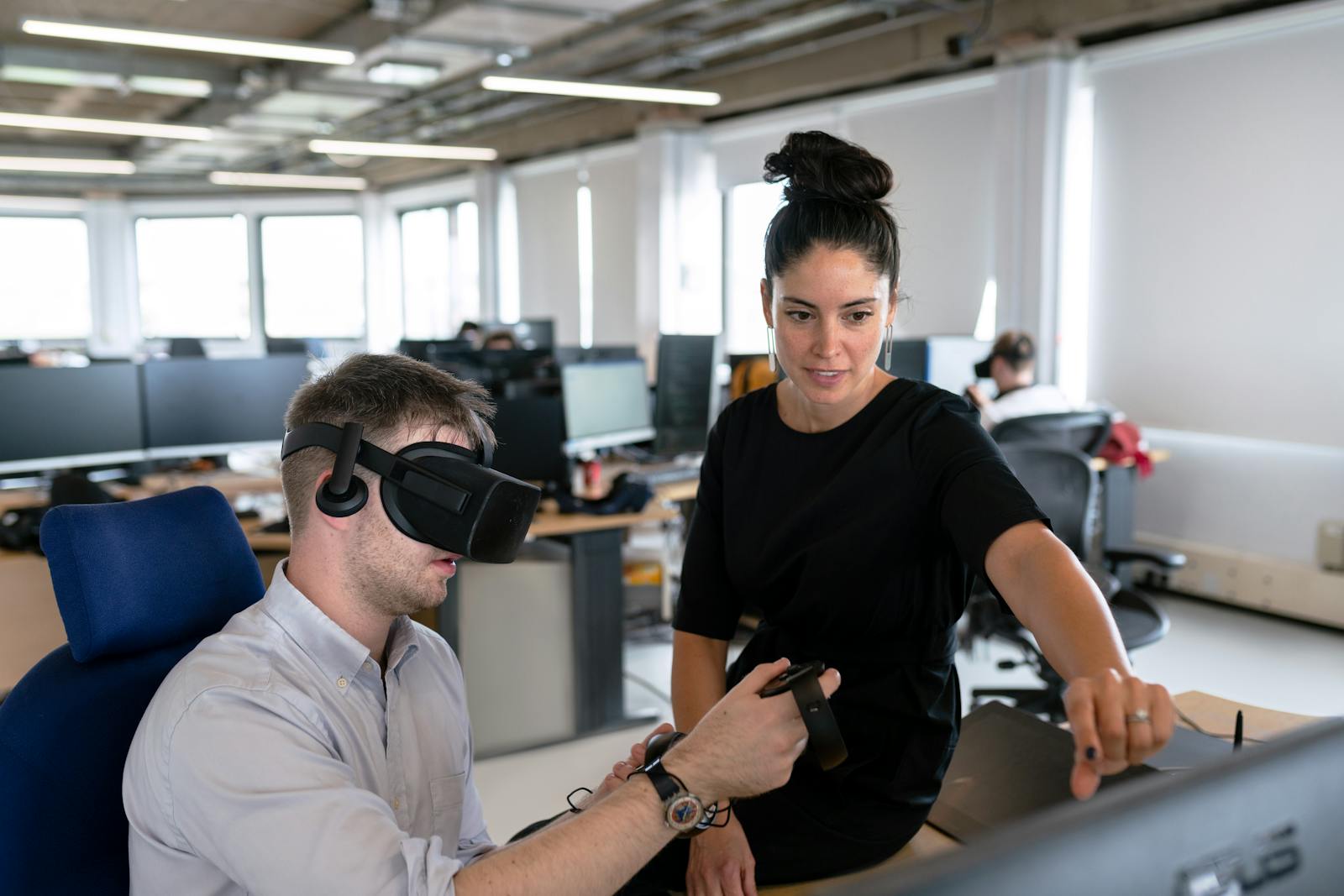

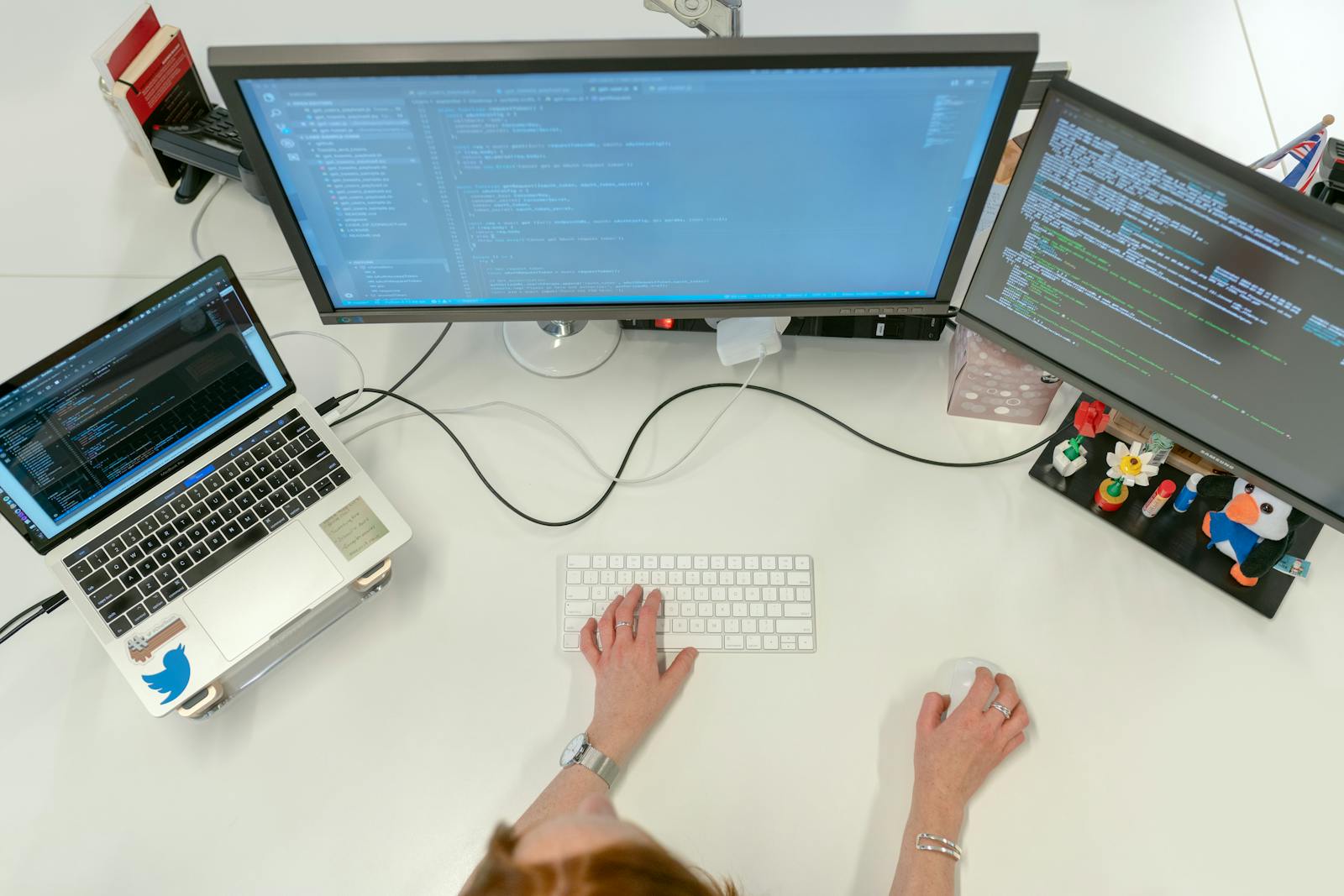
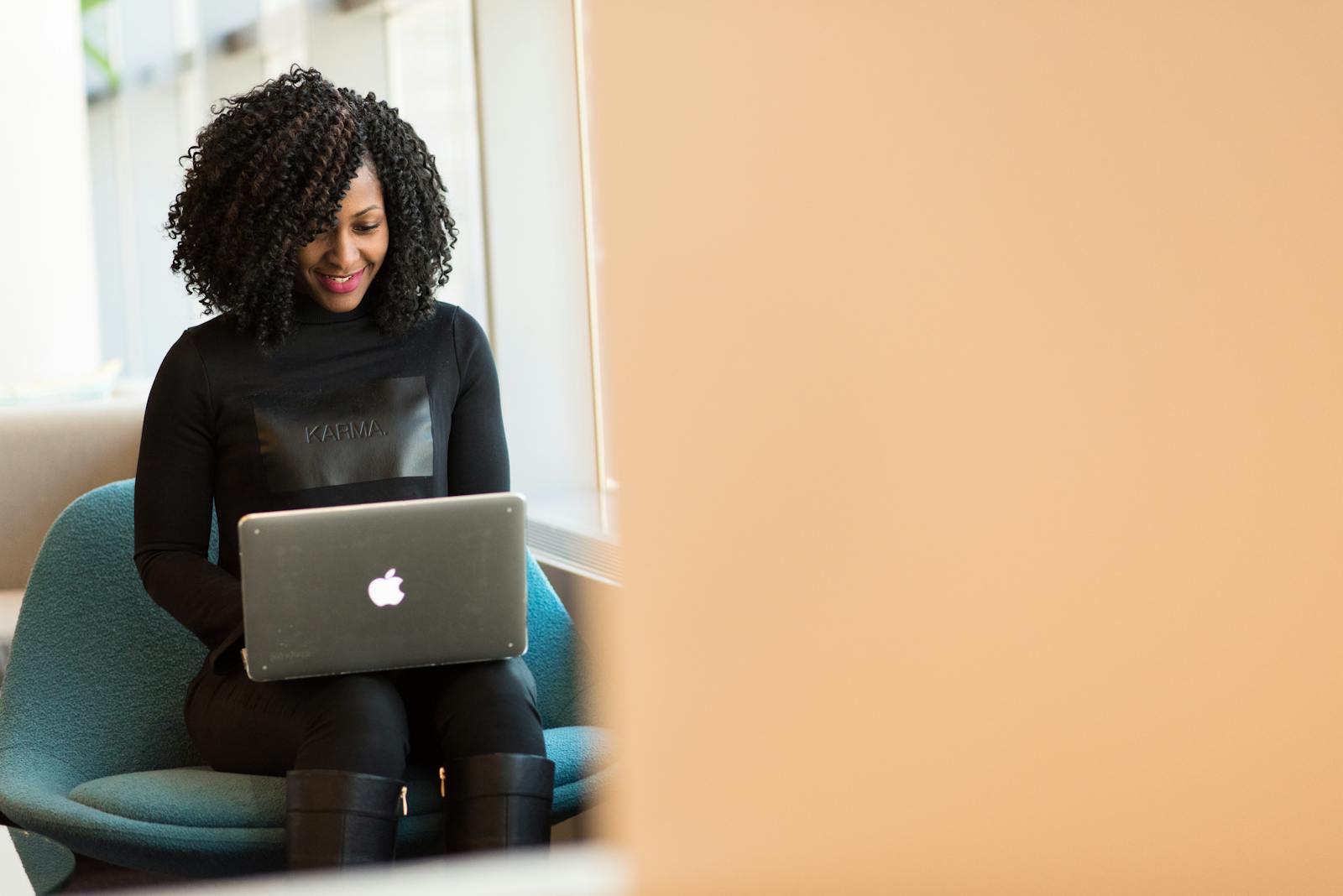


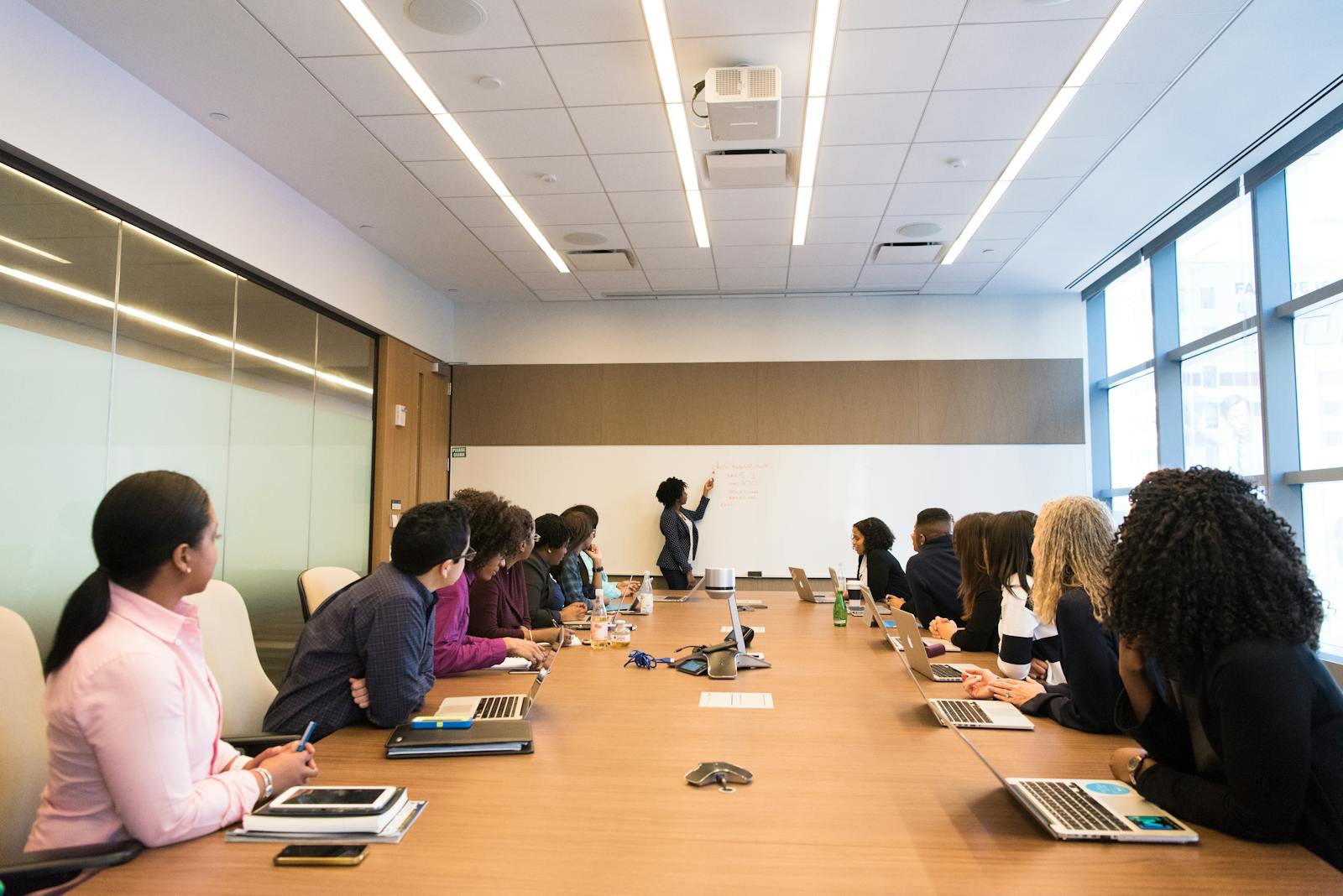



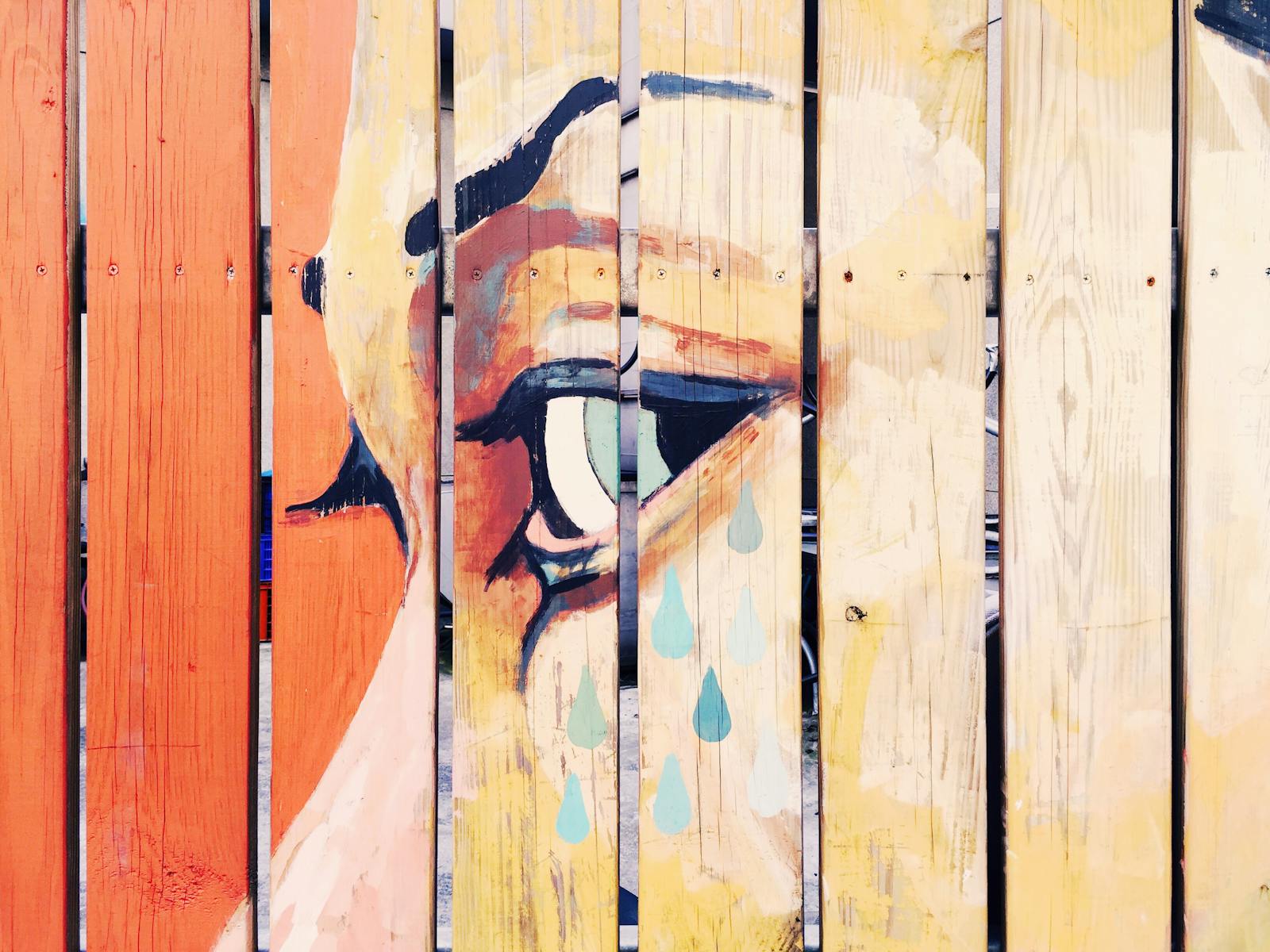

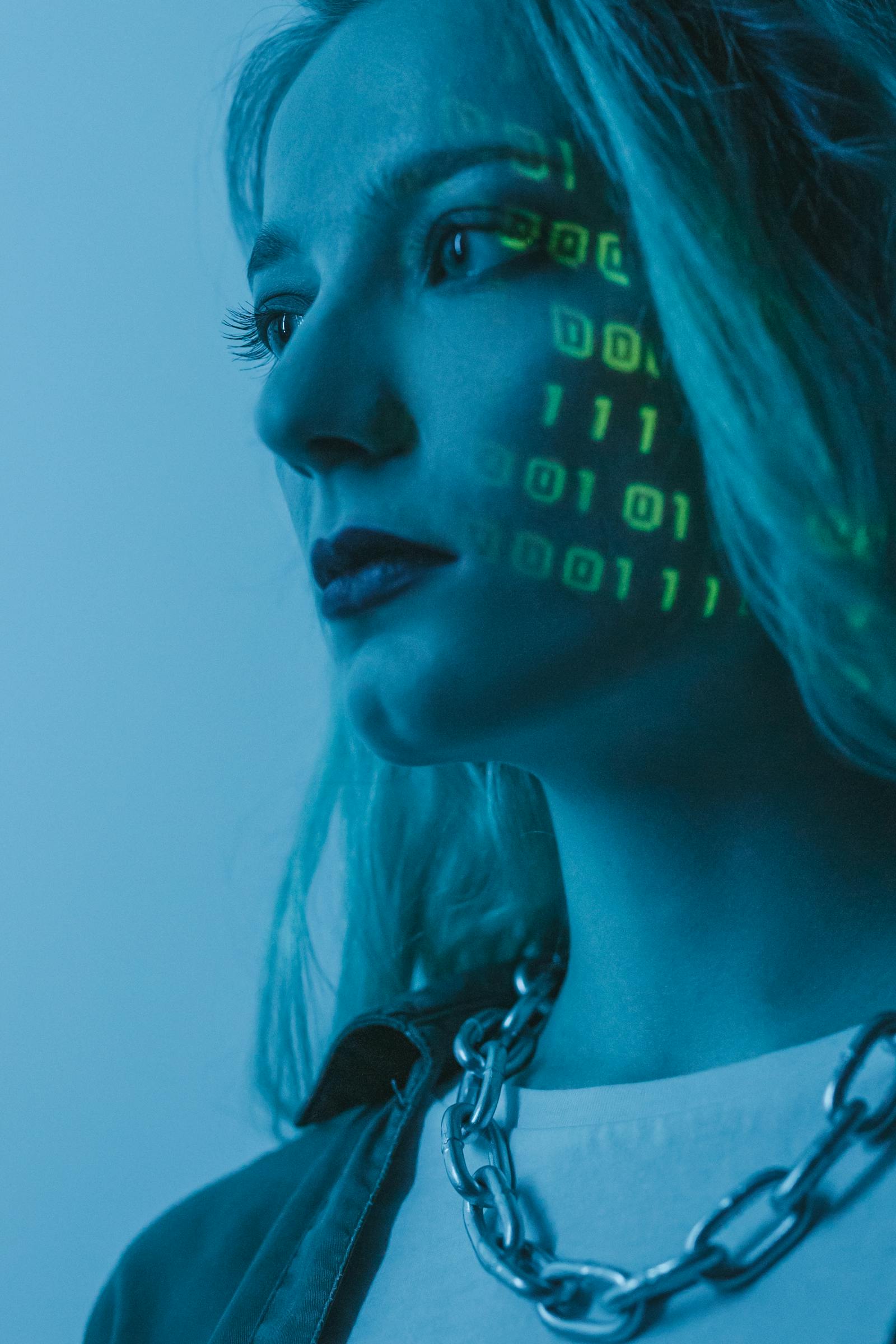
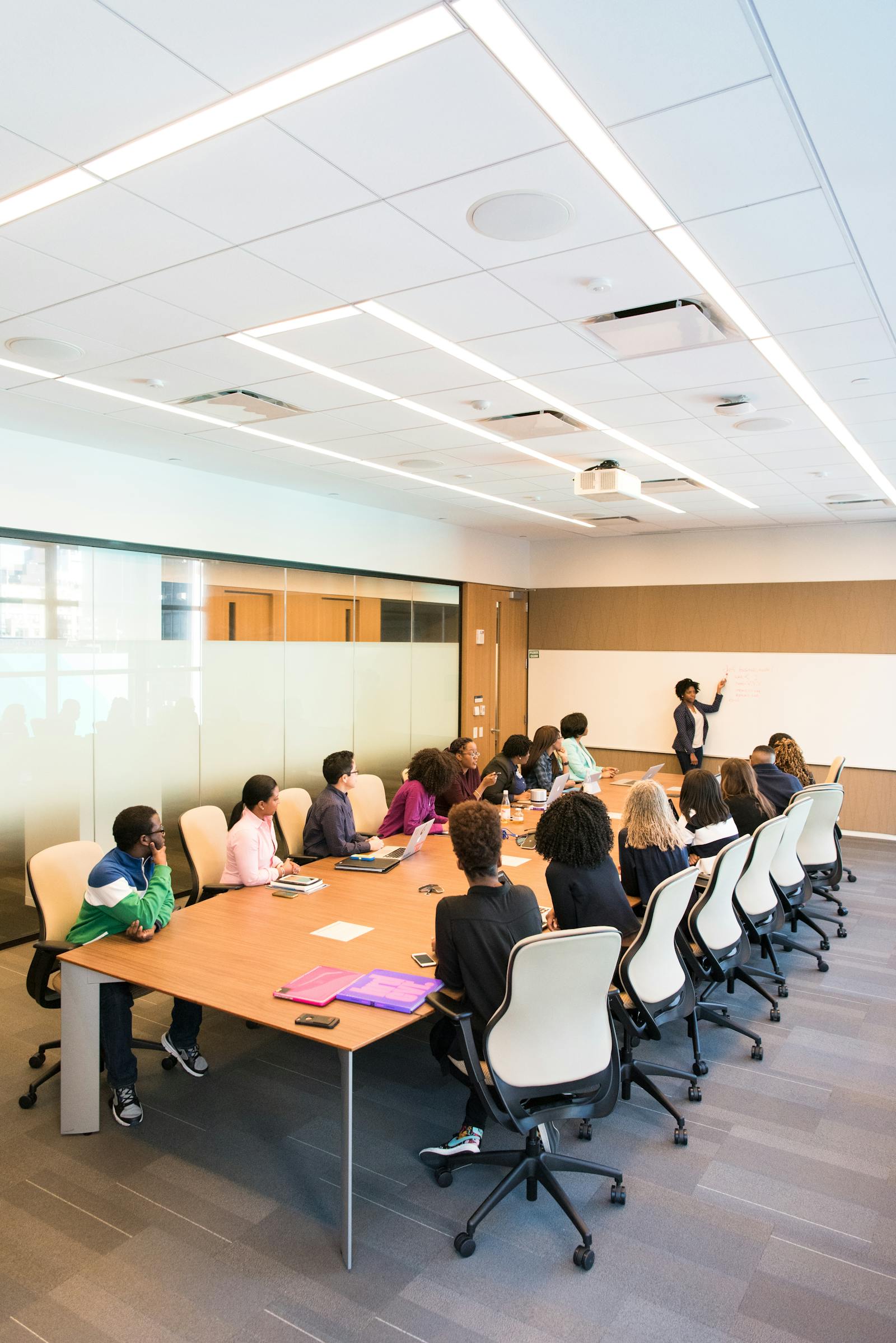

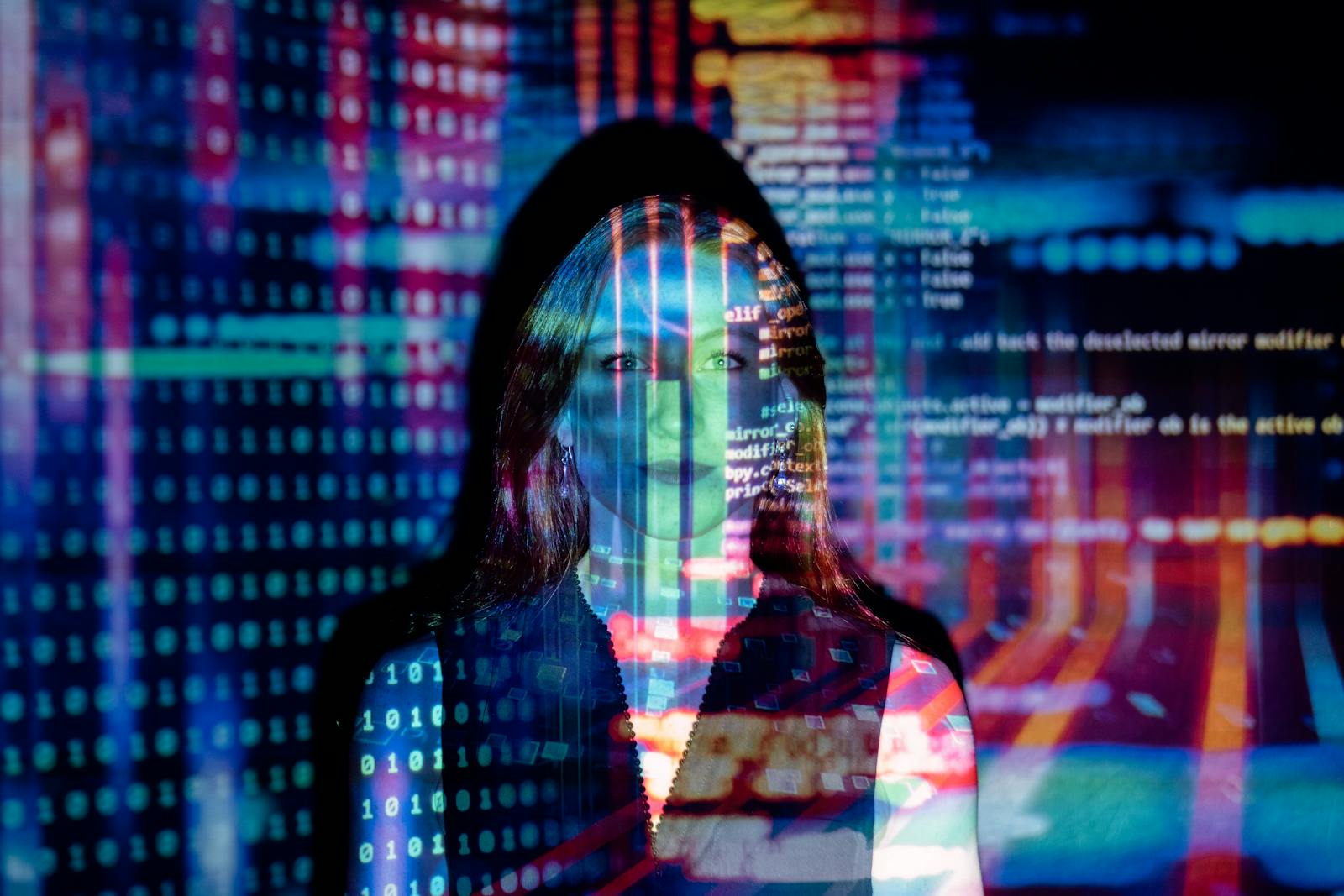







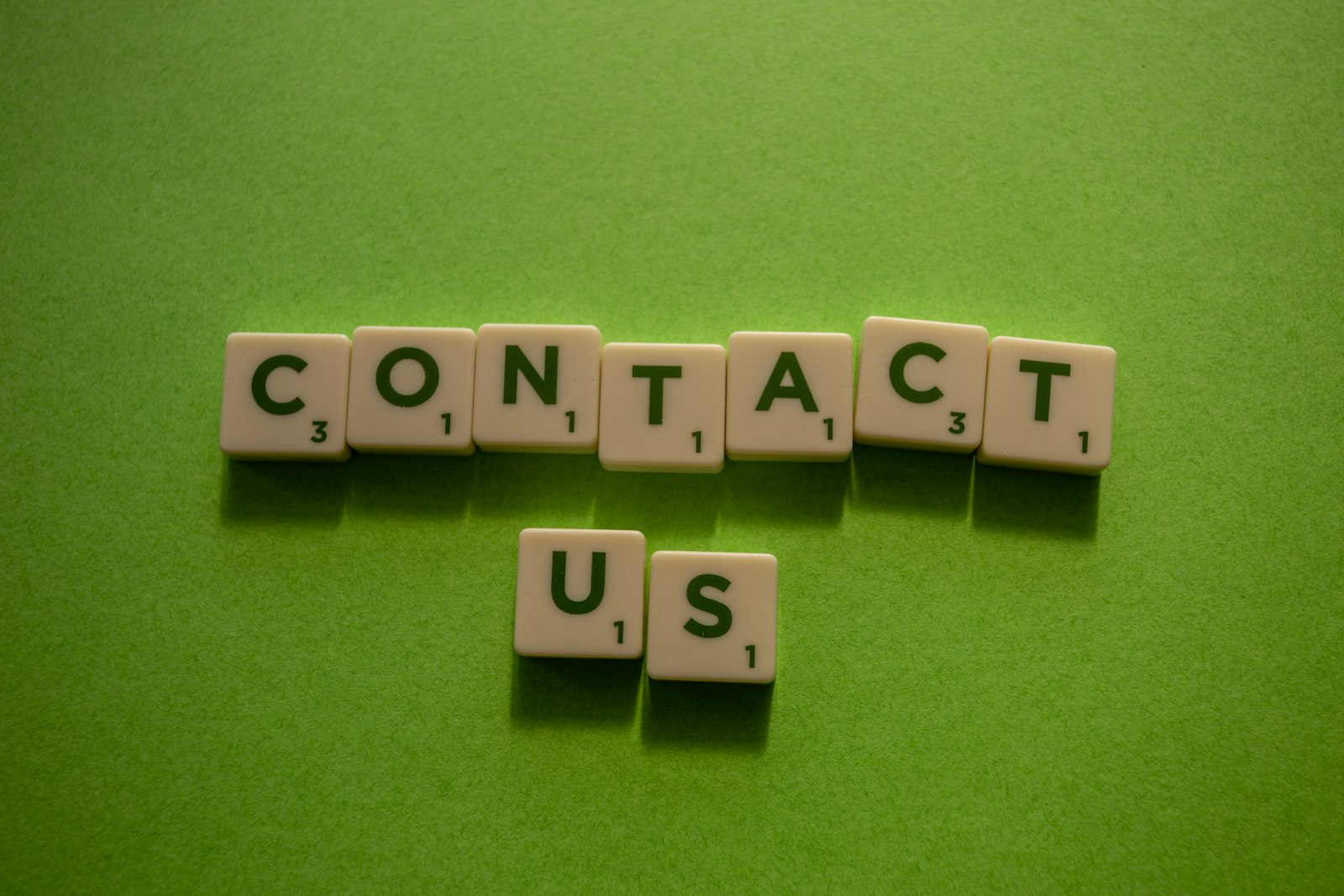



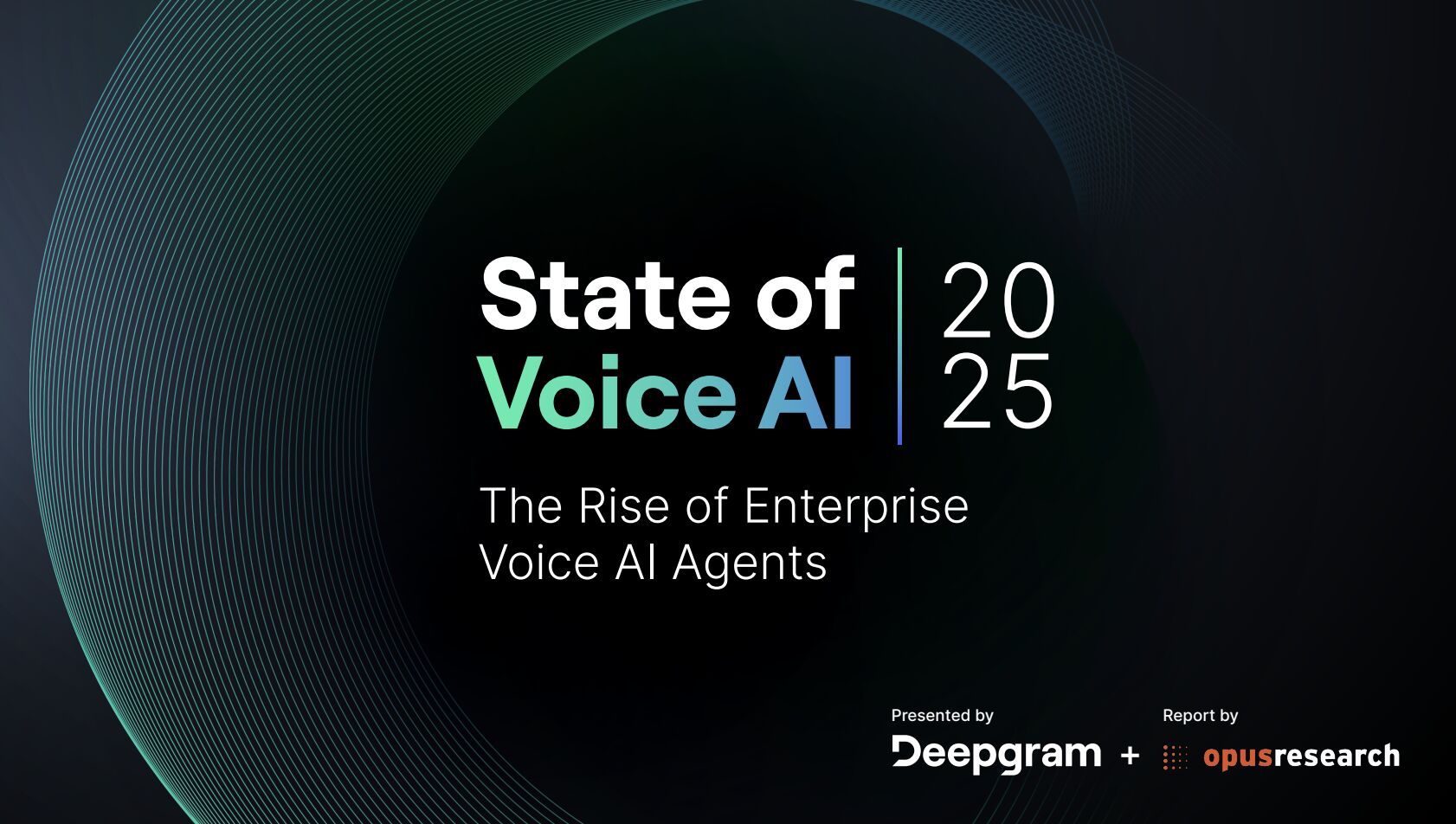






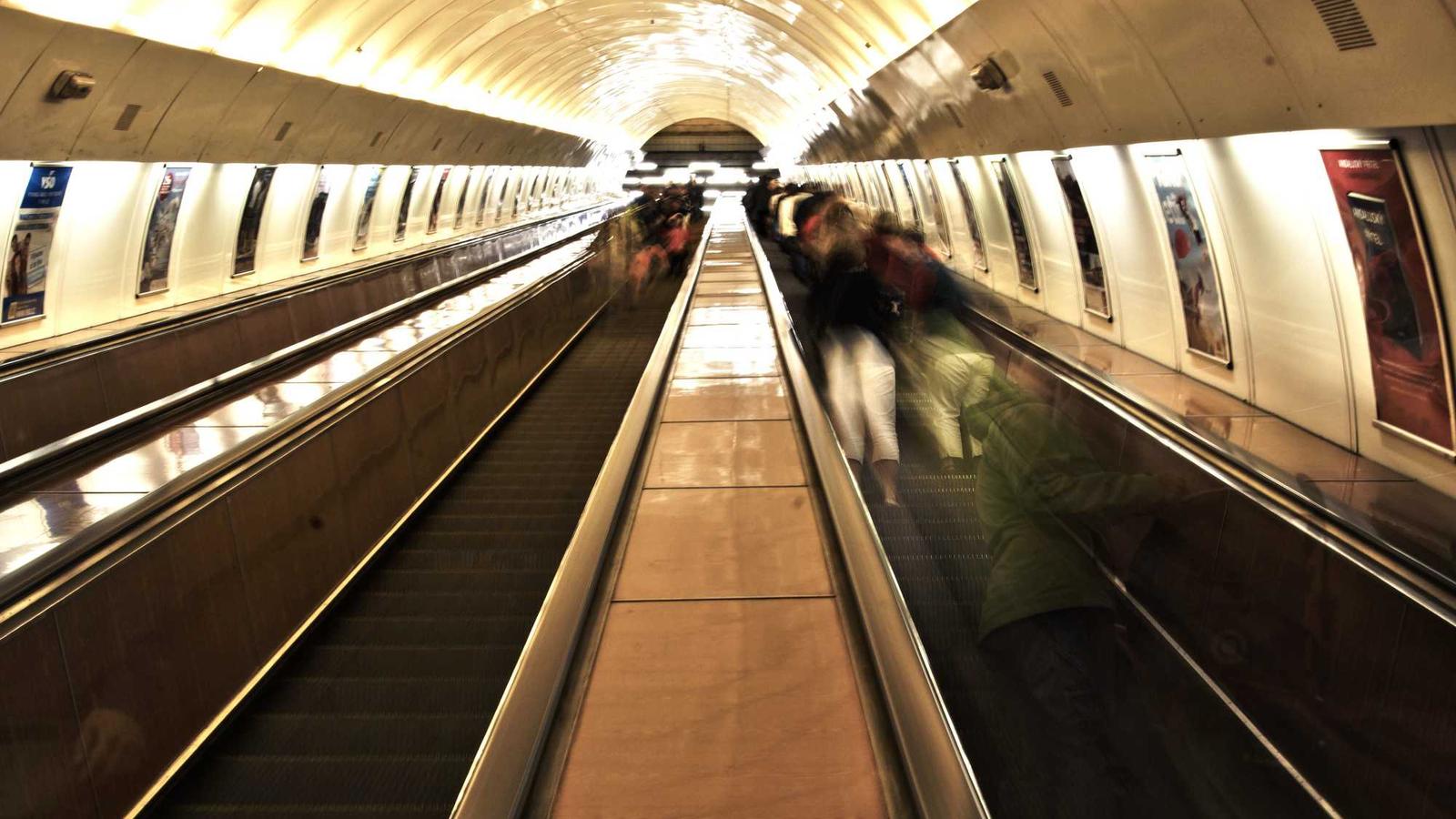




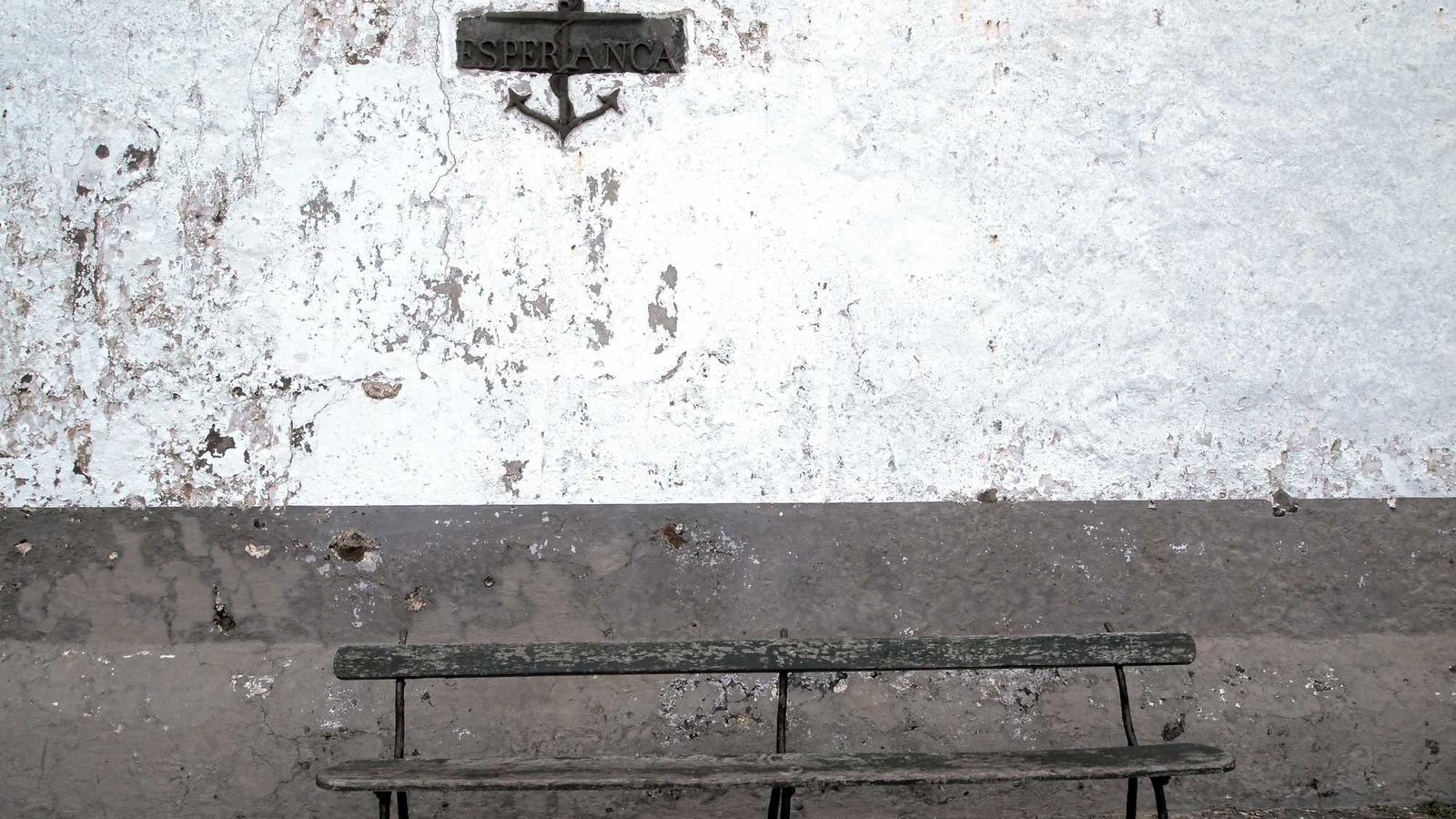



.png)
.png)
.png)

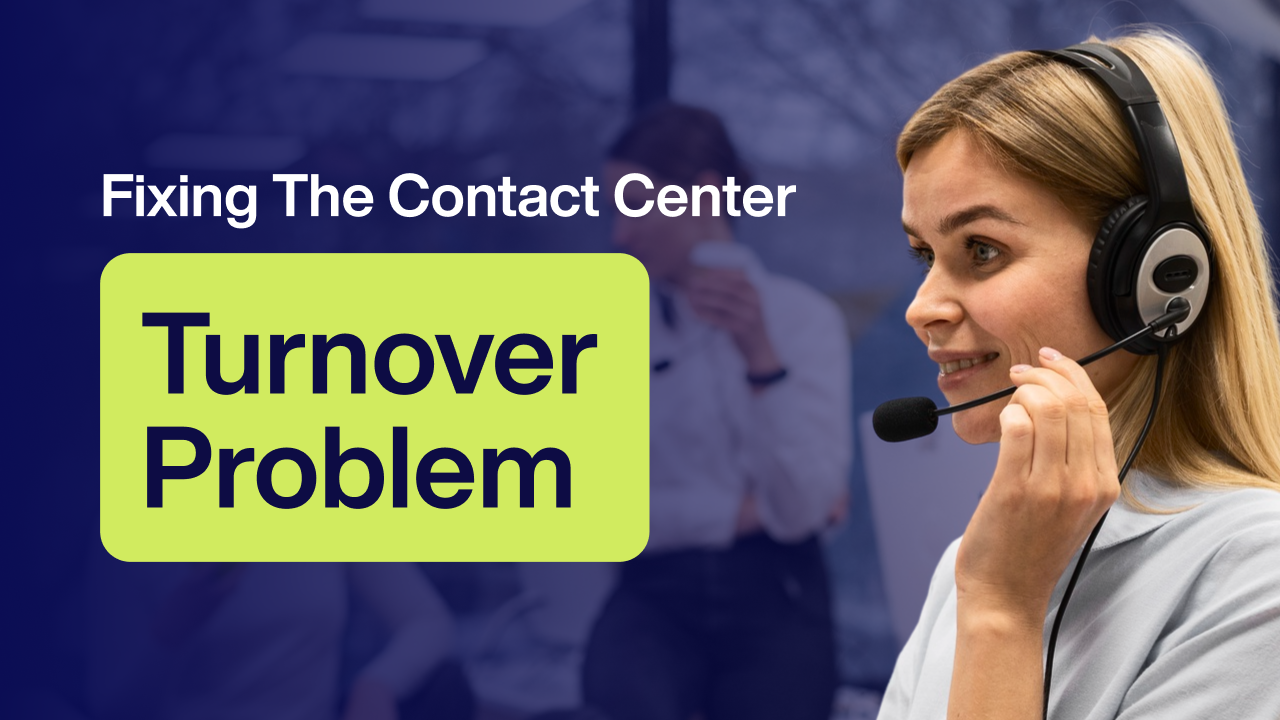
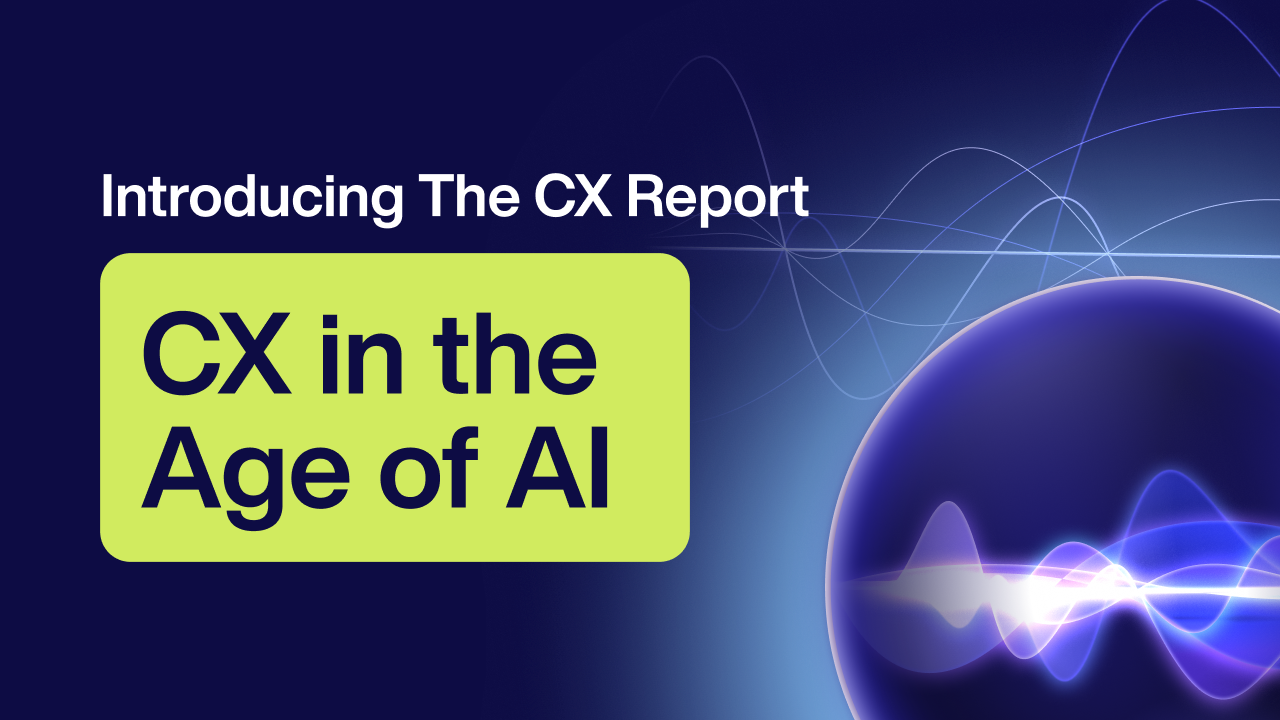
.png)
.png)
.png)
.png)
.png)
.png)
.png)
.png)
.png)
.png)
.png)
.png)
.png)
.png)
.png)
.png)


